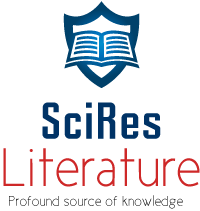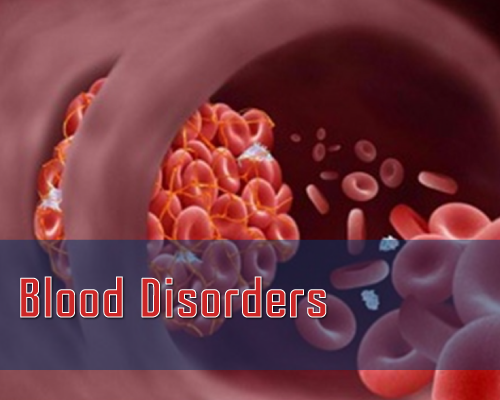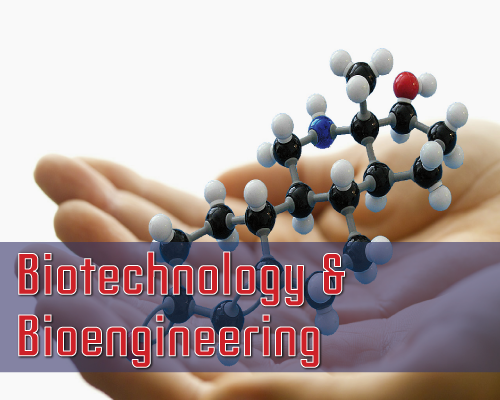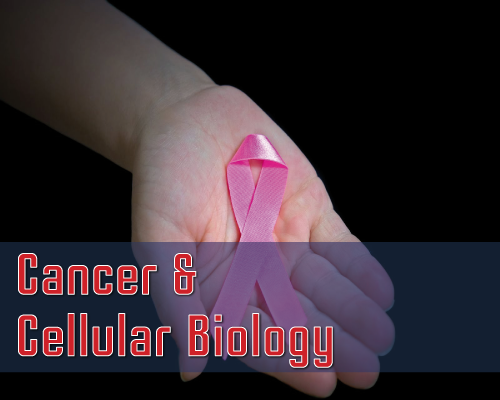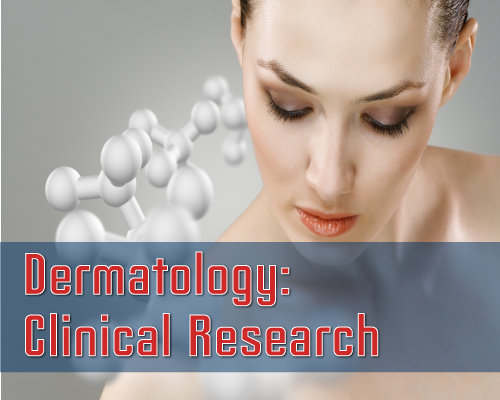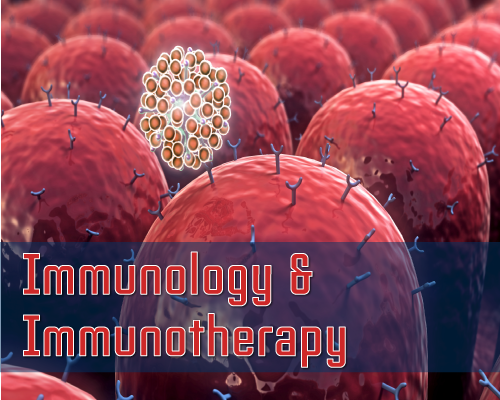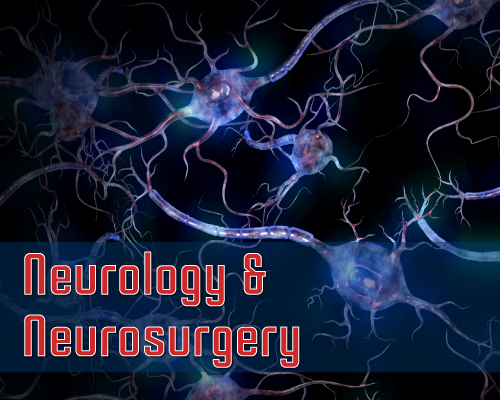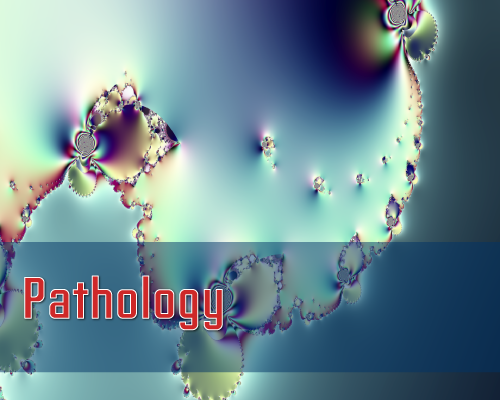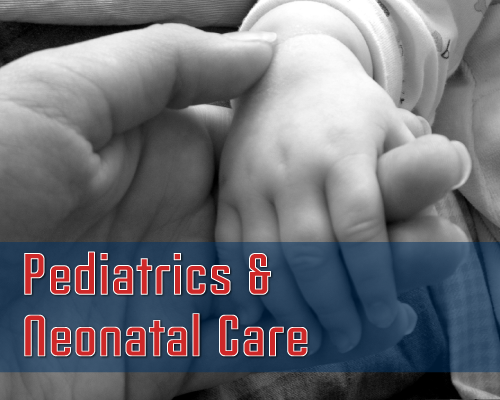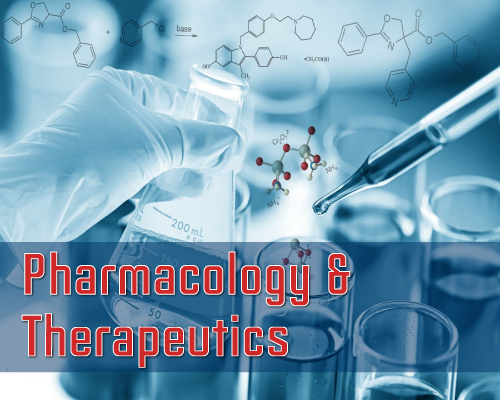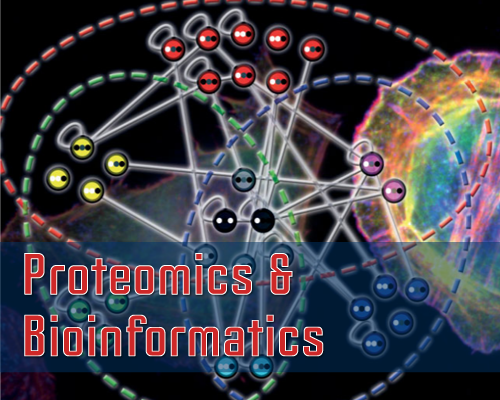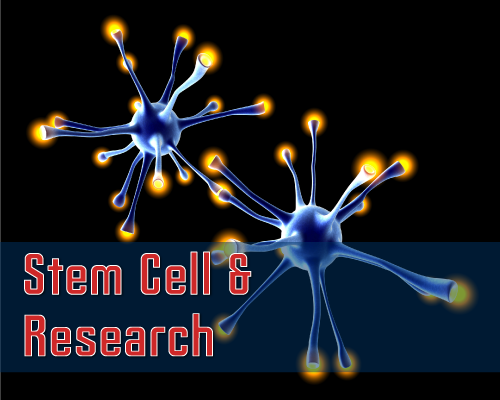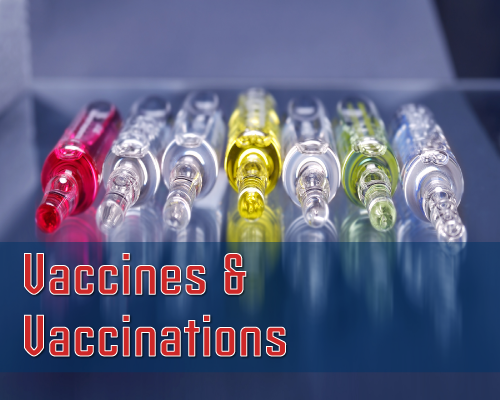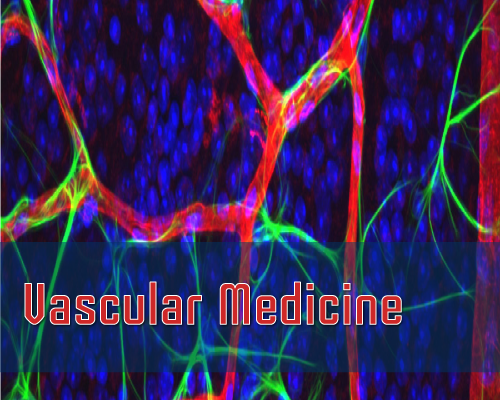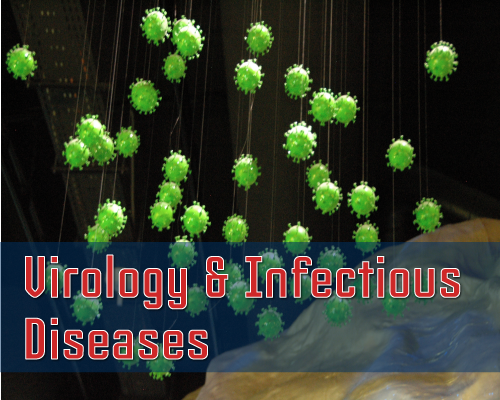Volume 1 Issue 1
Research Article: The Efficacy and Safety of Touch-up Treatment with Hyaluronic Acid Filler for the Correction of Nasolabial Folds
Kui Young Park, Se YeongJeong, JoonHyuk Suh, Sun Young Choi, EunJa Choi, BeomJoon Kim*, Myeung Nam Kim
Background: Many new brands of Hyaluronic acid (HA) fillers are being produced, and the longevity and safety are always major concern about HA fillers.
Objective: To evaluate the efficacy, tolerability, and safety of touch-up treatment of a HA filler, Elravie® deep line which is used for correcting nasolabial folds (NLFs).
Methods: The rheological property values of HA fillers were measured using a rheometer.A total of 50 subjects with visible NLFs were enrolled in this clinical study and were divided into test and control groups. All subjects were injected with same amount of HA in both NLFs and only the test group had touch-up treatment after 9 months of first injection. All participants were then reassessed for cosmetic changes using Wrinkle Severity Rating Scale (WSRS) and Global aesthetic improvement scale (GAIS).
Results: By month 9, the mean improvement in the WSRS of test group compared to control was not statistically significant. But on month 12, 15 and 18, the mean WSRS of test group compared to control were remarkably improved. GAIS of test group showed also significant high score since month 12, compared to control. The touch-up treatments of filler were well-tolerated and adverse reactions were mild and transient in most cases.
Conclusion: The touch-up of HA filler, which is performed before injected filler was not fully disappeared, is safe, effective and more satisfactory treatment for correcting NLFs.
Cite this Article: Park KY, Jeong SY, Suh JH, Choi SY,Choi E,AREATA A et al. The Efficacy and Safety of Touch-up Treatment with Hyaluronic Acid Filler for the Correction of Nasolabial Folds. Sci J Clin Res Dermatol. 2016;1(1): 003-008.
Published: 03 January 2016
Laino Luigi*
Alopecia areata is a common cause of hair loss seen in 3.8% of patients in dermatology clinics and in 0.2% to 2.0% of the general US population. The pathology of the disease remains poorly understood. Hair loss in alopecia areata can range from a single patch to 100% loss of body hair. When hair regrowth occurs in alopecia areata, the new hair may demonstrate pigment alterations, but a change in hair texture (ie, curly or straight) has rarely been reported as a consequence of alopecia areata.
Cite this Article: Luigi L. Alopecia Areata: A Combinated Sub-Dermal Infiltrative Therapy. Sci J Clin Res Dermatol. 2016;1(1): 001-003.
Published: 03 January 2016
Authors submit all Proposals and manuscripts via Electronic Form!
